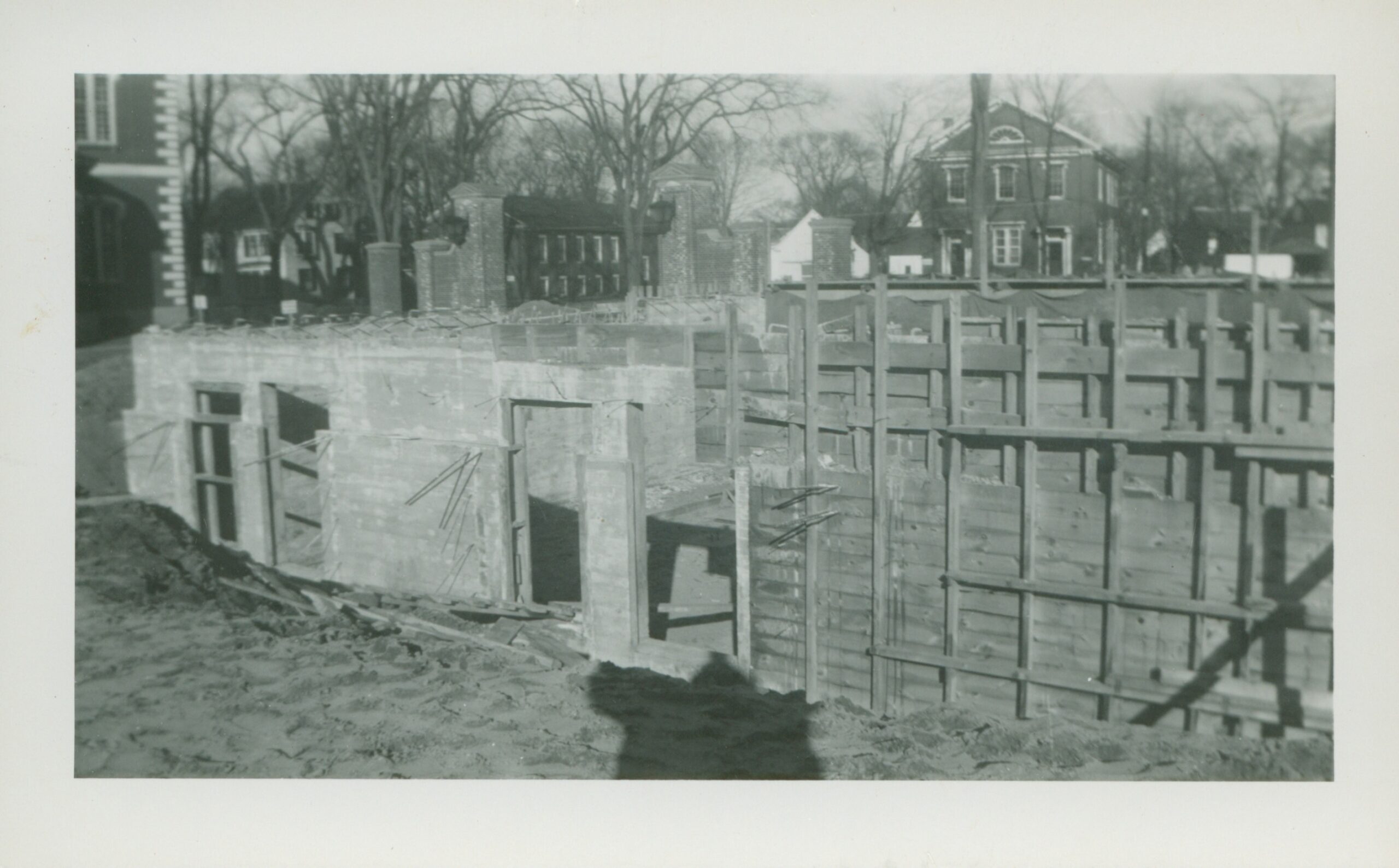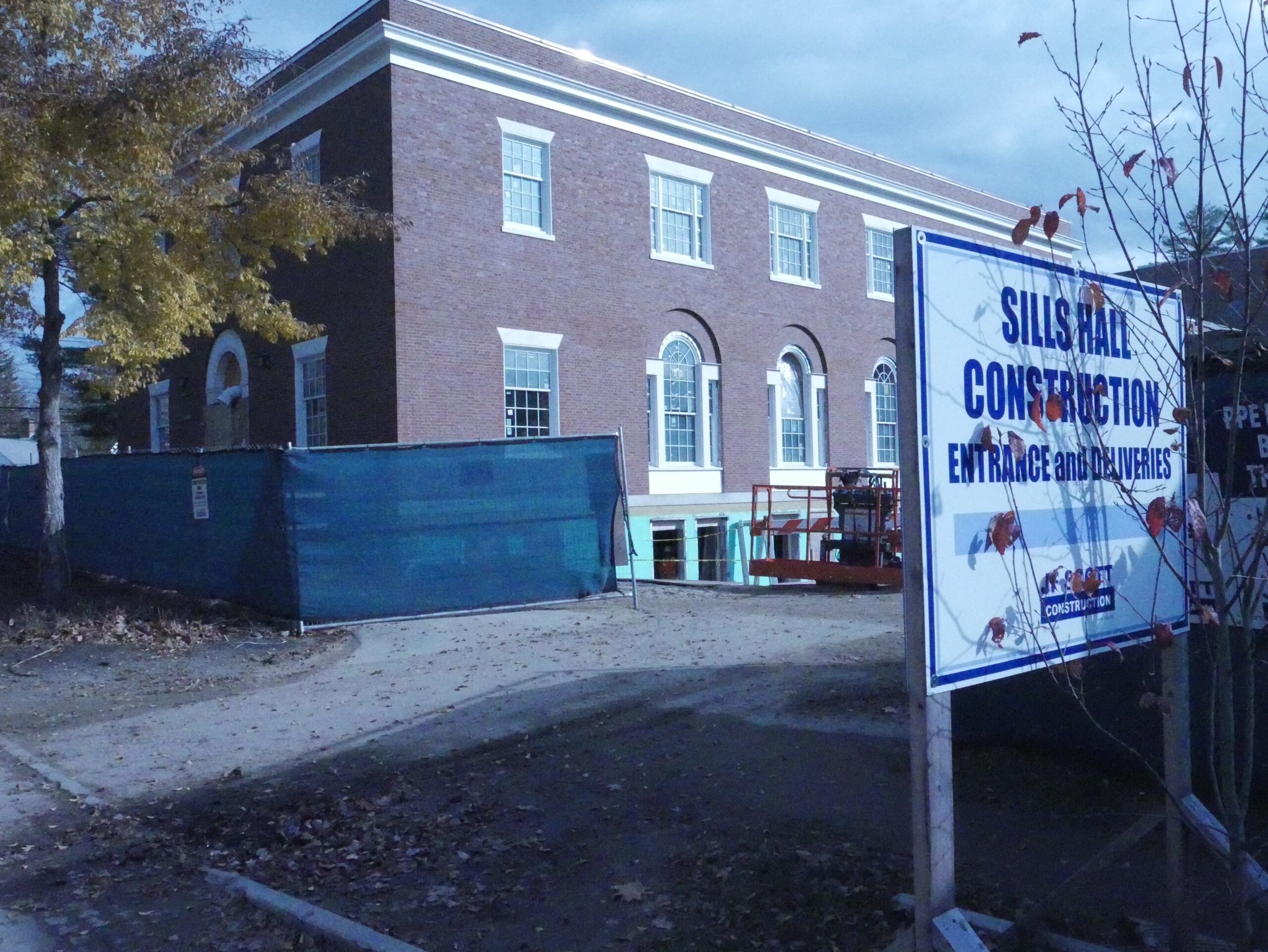What’s in a name: Sills Hall
November 8, 2024
 Courtesy of the George J. Mitchell Department of Special Collections & Archives
Courtesy of the George J. Mitchell Department of Special Collections & Archives Isa Cruz
Isa Cruz“Excellent teaching in wooden halls,” Bowdoin College President Dr. Kenneth C. M. Sills said, “is much better than wooden teaching in marble halls.”
Bowdoin’s eighth president and alumnus of 1901, Sills carried on the many traditions of the College. He was deeply devoted to the College itself, having written the alma mater “Rise Sons of Bowdoin,” now known as “Raise Songs to Bowdoin,” whilst also committing himself to the study of English, classics and Latin. In 1903, Sills worked as an appointed instructor at the College for the English and classics departments. From 1907 to 1946, he was the Winkley Professor of Latin Language and Literature and went on to serve as president of the College from 1917 to 1952.
President Sills was deeply devoted to Bowdoin’s liberal arts curriculum, and he is regarded as one of Bowdoin’s most amiable and prominent presidents. The makeup of Sills Hall itself is a representation of his commitment to liberal arts, drawing people together across a variety of interests.
Sills Hall, prior to its renovation, emulated the academic passions of its eponym. It housed a variety of different fields of study: classics, the romance languages, Latin, Greek, education and cinema studies.
Despite the differences in these departments, Sills Hall was considered a place of connection and community. Students streamed in and out constantly, popping their heads into the open-doored classrooms of their professors. People worked in the halls along tables laid out, and Smith Auditorium was a constant center for activity.
The ground for the building was broken in October 1949, and construction began in 1950. In 1951, the building was named after Sills, and its construction was finished in 1952. The final plans of the building included Smith Auditorium, containing two hundred seats for viewing films and other productions.
Currently, Sills Hall is undergoing a more recent round of renovations that began in December 2023. These renovation plans are set to include new furniture voted upon by students, an open student space called the Athenaeum and features to make the building more accessible.
Sharon Ames, the capital projects manager, explained her outlook on the renovations, emphasizing camaraderie and connection between students and faculty.
“I think the design really encourages more open, informal learning spaces like Smith Union,” Ames said. “You have great opportunities for studying or meeting with a faculty member and just having a conversation, as opposed to only classrooms like it was in Sills before.… There were no real meeting spaces other than within a faculty office.”
Ames explained that the designers considered the historical aspects of the building and how they could retain them even as the building changes. In particular, the windows are being replaced to become more energy-efficient, while still keeping their original design. The furniture, while modernized, is being picked by students and calls back to the color palette that was originally in Sills Hall.
While these renovations were necessary for health concerns regarding the materials of the structure, there are contrasting opinions regarding the updated space. Although many things are being added to Sills Hall, several of its key features are being removed, including Smith Auditorium.
“[Smith Auditorium] has been essentially replaced with Mills 129, which is significantly smaller. We’ll miss that being a space, because they demolished that when they demolished the interior.” Professor of Cinema Studies Tricia Welsch, who previously worked in the building, explained. “People have a lot of classes in there and a lot of attachment, a lot of fine times with the faculty. We had lots of guests over lots of years. It was a good place.”
Welsch explained that Sills Hall has always been a space of collaboration, although in unconventional ways. Students would meet in hallways at tables to do worksheets together. Film screenings were held after hours. Film studios were in the basement, and the Peucinian Room was a place where student groups met frequently.
“My memories of working in Sills over three decades are of faculty doors being open, students being in and out of offices absolutely regularly.… It was a very well-traveled space,” Welsch said.
Regardless of its renovations, Sills Hall will continue to follow the legacy of the president for whom it was named, serving as a space for a variety of interests to connect. While the old Sills Hall may no longer remain, the connections formed within it persist.

Comments
Before submitting a comment, please review our comment policy. Some key points from the policy: